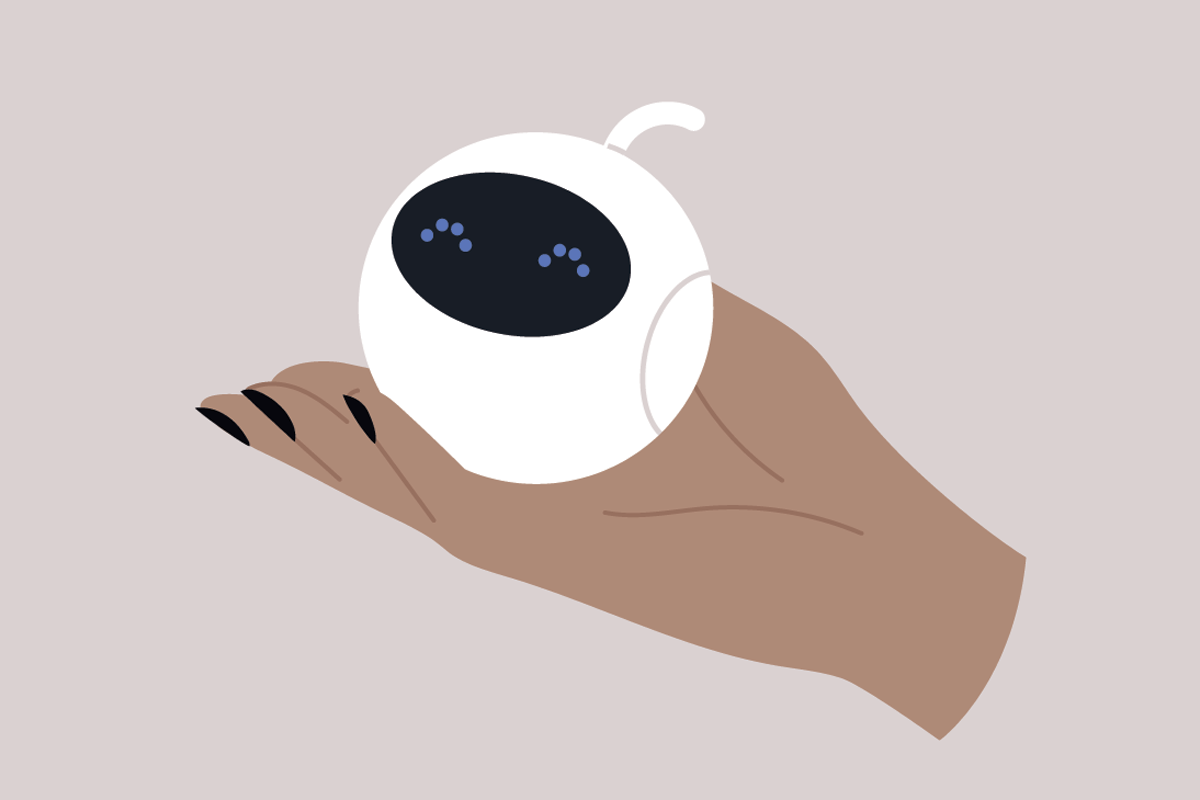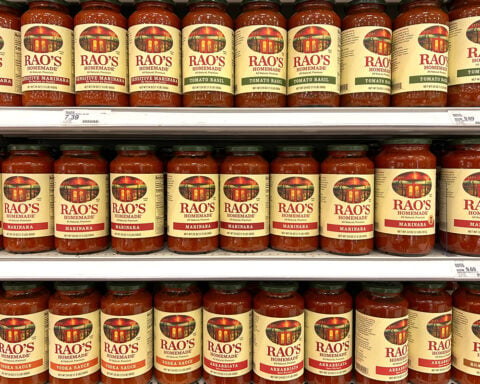For children battling chronic illnesses, missing school often means more than just falling behind academically. The social isolation that comes with long-term absences can take a toll on their mental well-being. To tackle this issue, the Norwegian tech company No Isolation has developed the AV1 robot, a device designed to allow these children to stay engaged with their education and maintain social ties with their classmates.
The AV1 robot acts as a virtual presence in the classroom, enabling children to participate in lessons remotely, even if they’re confined to their homes or hospitals. By bridging the gap between the student and their school environment, AV1 helps to ensure that children don’t miss out on important learning and social experiences.
How AV1 Enhances Learning
The AV1 robot is designed to be intuitive and easy to use. Shaped like a small, minimalist human head and torso, it comes equipped with a 360-degree rotating camera, a microphone, and a speaker. The robot is placed on the student’s desk, while the child uses an app to control its movements and interactions. With a few simple swipes or taps on a mobile device, the child can direct the robot to look around the classroom and communicate with both teachers and classmates.
The AV1 also includes features that make classroom participation more interactive. Students can signal their desire to speak by activating a light on the robot’s head or express themselves using emojis displayed in the robot’s eyes. This allows them to engage with the lesson and communicate non-verbally, even from a distance.
Widespread Adoption and Accessibility
Since its release, the AV1 robot has gained traction in 17 countries, with more than 3,000 units currently in operation. The technology is particularly popular in the United Kingdom and Germany, where over 1,000 robots are being used in each country.
Schools in the UK have the option to rent the AV1 for around £150 a month or purchase it for a one-time fee of £3,700, with an additional yearly service package costing £780. These options make the technology accessible to a wide range of schools, allowing them to offer students a way to stay connected during extended absences due to illness.
The AV1 robot’s primary benefit lies in its ability to maintain a sense of normalcy for children. By using the robot, students can remain part of their social circle, preventing the isolation that often accompanies long-term absences. In some instances, friends take the robot to lunch, ensuring that the child is still included in social activities outside the classroom.
Tackling School Absenteeism
In England alone, more than 19% of students were persistently absent during the autumn term of 2023/24, with 7.8% of those absences attributed to illness. These figures are higher than pre-pandemic levels, highlighting the ongoing challenges of absenteeism in schools.
For students struggling to reintegrate into traditional classrooms, AV1 has become an essential tool. The robot provides a way for them to continue learning and stay connected without relying on full-time remote learning, which many schools have phased out post-pandemic. By offering an alternative, AV1 helps students maintain their academic progress and personal relationships.
Overcoming Technical Hurdles
While the AV1 robot has proven to be a valuable tool in many schools, there are some challenges to its use. Weak Wi-Fi connections and mobile signal dark spots can interfere with the robot’s functionality, and administrative red tape can delay its deployment in some institutions.
To help overcome these obstacles, No Isolation launched AV1 Academy, a comprehensive library of training materials designed to assist teachers and staff in using the robot effectively. By providing technical and social guidance, AV1 Academy ensures that educators are well-prepared to integrate the technology into their classrooms.
Privacy concerns are another critical factor when using a robot like AV1. No Isolation has equipped the robot with strong privacy protections. The app used to control the robot does not collect personal data, and encryption safeguards the livestream. Additionally, the app prevents screenshots or recordings, ensuring that the child’s interactions remain secure and private.
A Practical Solution for Education
Compared to other avatar robots on the market, AV1 stands out for its simplicity and ease of use. Weighing only around one kilogram, the robot is lightweight and portable, making it easy for teachers or students to carry between classes in its custom-designed backpack. Unlike some robots that display the user’s face on a screen, AV1 deliberately leaves this feature out. This decision reduces the pressure on students to appear on camera, particularly those who may experience anxiety or school avoidance.
By allowing students to engage with their peers and continue their education, the AV1 robot offers a vital connection between chronically ill children and their schools. As technology continues to evolve, the AV1 robot represents a promising solution for bridging the gap between physical absence and social inclusion, ensuring that no child has to feel left out due to illness.







